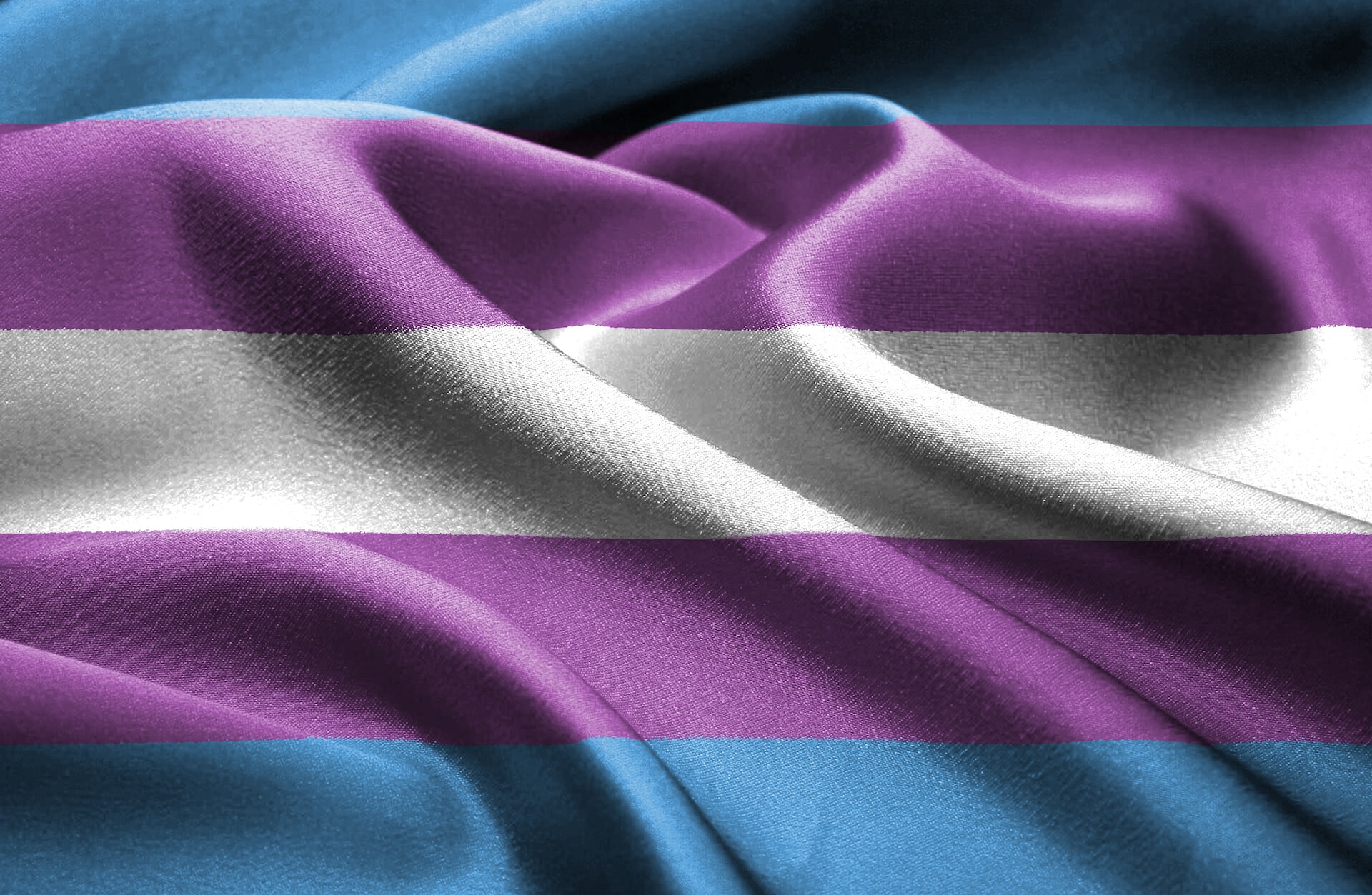By Ashley Barnes, M.S.
Transgender identity.
Transgender individuals are those whose sex assigned at birth does not completely align with their current gender identity; it is important to note that the identities of transgender and nonbinary are not always mutually exclusive (Price-Feeney et al., 2020). People who identify outside of the gender binary and who may or may not also identify as transgender are non-binary individuals. Non-binary gender identity can include identifying as neither male nor female, both male and female or as different genders at different times. (Richards et al., 2016).
Risk Factors.
While the LGBTQ+ community is often lumped together as one large unifying group, it incorporates sub-communities and identities with vastly different experiences; one such sub-community with its own unique experience is the trans-community.
Though the larger LGBTQ+ community experiences stigmatization and discrimination on social and political levels, research has identified solemn truths about some of the unique hardships the trans-community faces, with trans-specific hate crimes being the highest out of any other group, stark marginalization, and resulting mental health ramifications. Trans-youth are at particularly high risk of mental health problems as they navigate the already complicated period of adolescence, interpersonal relationship challenges, and grapple with discrimination, trans-directed violence, and systemic barriers simultaneously.
The onset of puberty can increase suicidal ideation as trans youth begin to develop physical characteristics that don’t correspond with their gender identity (Mustanski and Liu, 2012). Many trans-youth endure microaggressions. Microaggressions are “brief and commonplace daily verbal, behavioral, or environmental indignities, whether intentional or unintentional, that communicate hostile, derogatory, or negative slights and insults toward members of oppressed groups” (Nadal, 2008, p. 23).
Interpersonal microaggressions are strongly associated with suicide attempts in transgender youth (Austin et al., 2020). The coming out process is unique to the LGBTQ+ community and can prove to be a stressful experience, as it can be the catalyst for loss of support from family and friends. Parents often blame their children for the anguish they experience which can lead to negative mental health outcomes for trans-youth. Bullying and depression are other risk factors worth mentioning, with rates of both being higher in this community.
Protective Factors.
On a more hopeful note, research also indicates a series of protective factors for Trans youth wellbeing and mental health. Use of chosen name is one such protective factor, as it is linked with decreased suicidal ideation, depression, and suicidal behavior (risk taking) in transgender youth; negative mental health outcomes are lowest when chosen name is used across all of the following contexts: at home, at school, at work, and with friends (Russell et al., 2018).
Gender-affirming hormone therapy is often an important part of an individual’s transition; gender-affirming hormones can help trans-youth develop physically affirming hormonal changes that are better aligned to their gender identity. Research indicates that after receiving gender-affirming hormones, transgender youth reported increased levels of general well-being as well as a significant decrease in reported levels of suicidality (Allen et al., 2019). This is the power of affirming one’s identity on a medical level.
We know that parental and caregiver support is an important protective factor for youth as a whole, but it is one of the greatest protective factors for youth within this population. Effective communication within a family and support from parents in the coming out process can buffer mental health challenges within this population (Lytle et al., 2018).
Research has also found significant protective factors that combat suicidal attempts, including internal assets (such as self-esteem), family and school connections, support systems in general, academic achievement, and a perceived sense of safety within transgender environments (Bochicchio et al., 2021). The perceived safety and perceived support from family and school environments are key sociocultural factors that can protect trans youth against negative mental health outcomes.
Mental Health Center
The Mental Health Center is committed to inclusive mental health care, sensitive to the challenges faced by LGBTQIA+ communities. For more information on how to become a patient, please contact us at (310)601-9999 or visit our website.
Resource.
- The Trevor Project – a nonprofit organization founded in 1998 which focuses on suicide prevention for LGBTQ+ youth. The site has educational resources, opportunities to connect with an affirming community, and provides 24/7 access to crisis counselors through chat, call, or text.
References
Allen, L. R., Watson, L. B., Egan, A. M., & Moser, C. N. (2019). Well-being and suicidality among transgender youth after gender-affirming hormones. Clinical Practice in Pediatric Psychology, 7(3), 302–311, https://doi.org/10.1037/cpp0000288
Austin, A., Craig, S. L., D’Souza, S., & McInroy, L. B. (2020). Suicidality among transgender youth: elucidating the role of interpersonal risk factors. Journal of Interpersonal Violence, 1–23, https://doi.org/10.1177/0886260520915554
Bochicchio L, Reeder K, Aronson L, McTavish C, & Stefancic A. Understanding Factors Associated with Suicidality Among Transgender and Gender-Diverse Identified Youth, LGBT Health, vol. 8, no. 4, 2021, pp. 245–253., http://doi.org/10.1089/lgbt.2019.0338 Those who had parental support for their gender identity comprised nearly 80% of youth who received GAHT.
Lytle, Silenzio, V. M. B., Homan, C. M., Schneider, P., & Caine, E. D. (2018). Suicidal and
Help-Seeking Behaviors Among Youth in an Online Lesbian, Gay, Bisexual,
Transgender, Queer, and Questioning Social Network. Journal of Homosexuality, 65(13),
1916–1933. https://doi.org/10.1080/00918369.2017.1391552
Mustanski, & Liu, R. T. (2012). A longitudinal study of predictors of suicide attempts among lesbian, gay, bisexual, and transgender youth. Archives of Sexual Behavior, 42(3), 437–448. https://doi.org/10.1007/s10508-012-0013-9
Nadal, K. L. (2008). Preventing racial, ethnic, gender, sexual minority, disability, and religious microaggressions: Recommendations for promoting positive mental health. Prevention in Counseling Psychology: Theory, Research, Practice and Training, 2(1), 22–27.
Price-Feeney, M., Green, A. E., & Dorison, S. (2020). Understanding the mental health of transgender and nonbinary youth. Journal of Adolescent Health, 66(6), 684–69
Richards, C., Bouman, W. P., Seal, L., Barker, M. J., Nieder, T. O., & T’Sjoen, G. (2016). Non-binary or genderqueer genders. International Review of Psychiatry, 28(1), 95–102. doi:10.3109/09540261.2015.1106446

